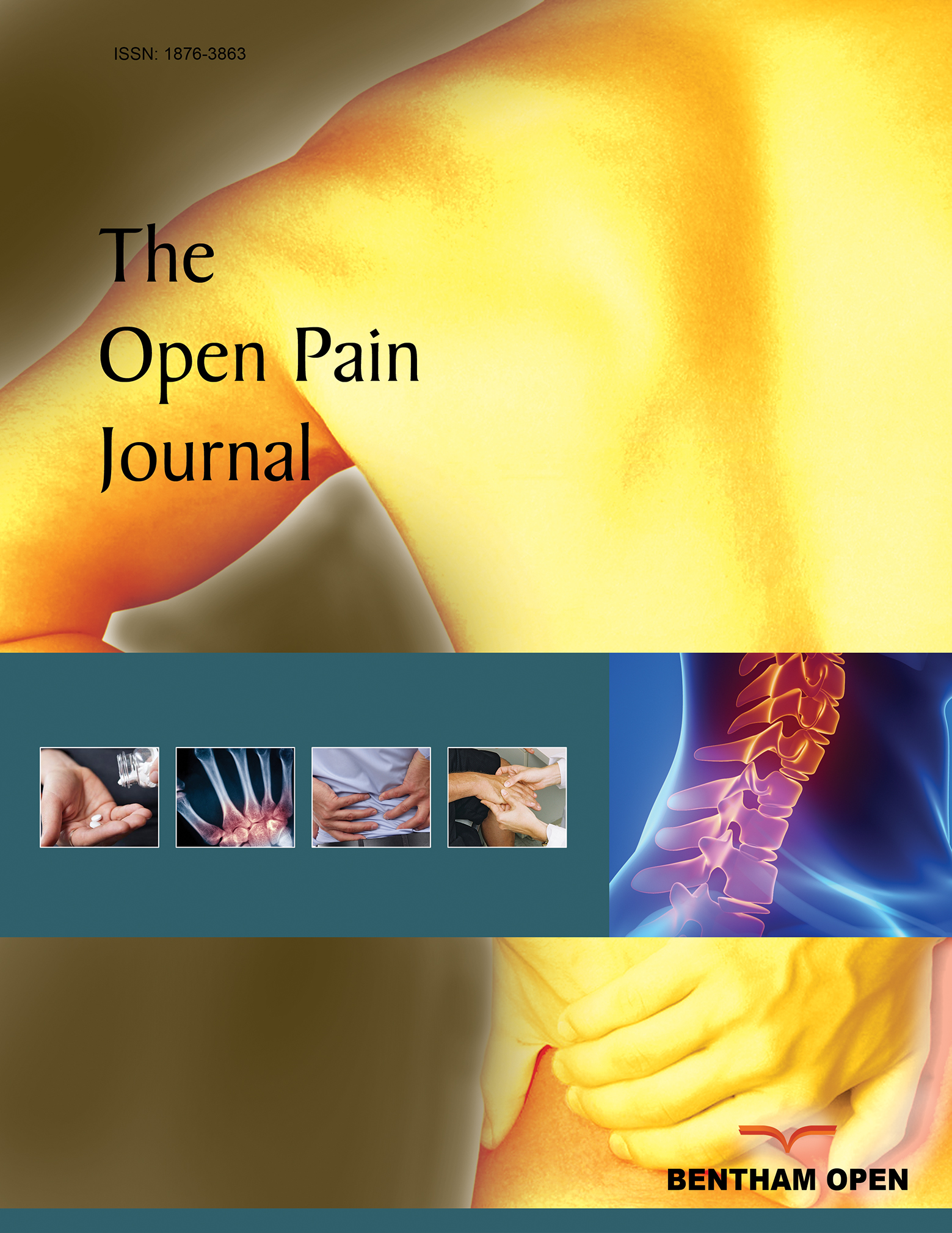Prevalence and Factors Associated with Acute Postoperative Pain after Emergency Abdominal Surgery
Abstract
Objective:
This study aimed to assess the prevalence and associated factors of acute postoperative pain after emergency abdominal surgery in the first 24 postoperative hours among adult patients.
Methods:
An institutional-based cross-sectional study was conducted on adult patients undergoing emergency abdominal surgery at the University of Gondar Comprehensive Specialized Hospital from March 1 to May 30, 2020. Data were collected by delivering questionnaires through interviews and reviewing the patients’ charts. Data were entered into Epi Info software, version 7.2, and analyzed by SPSS version 20. Logistic regression was applied to point out independent risk factors for postoperative acute pain. Variables with a p-value of < 0.05 were taken as significant.
Results:
165 patients participated in the study with a response rate of 98.2%. Among these, 75.8% [95% CI: (69.8%, 82.3%)] of patients experienced moderate to severe acute postoperative pain. Female gender [AOR:3.9, 95%CI: (1.22,12.5)], preoperative anxiety[AOR:4.4,95%CI:(1.74,11.1)],moderate to severe preoperative pain[AOR:5.79,95%CI:(2.08,16.1)], and incision length ≥10cms [AOR: 4.86, 95%(CI:1.88,12.5)], were significantly associated with moderate to severe acute postoperative pain.
Conclusions and Recommendations:
The prevalence of immediate postoperative pain following emergency abdominal surgery was found to be high in this study. Acute postoperative pain was substantially linked to the female sex, preoperative anxiety, preoperative pain, and an incision length of ≥10 cm. The prevalence of moderate-to-severe acute postoperative pain as well as the factors that contribute to it can be used to develop particular preventive strategies to reduce patient suffering.


